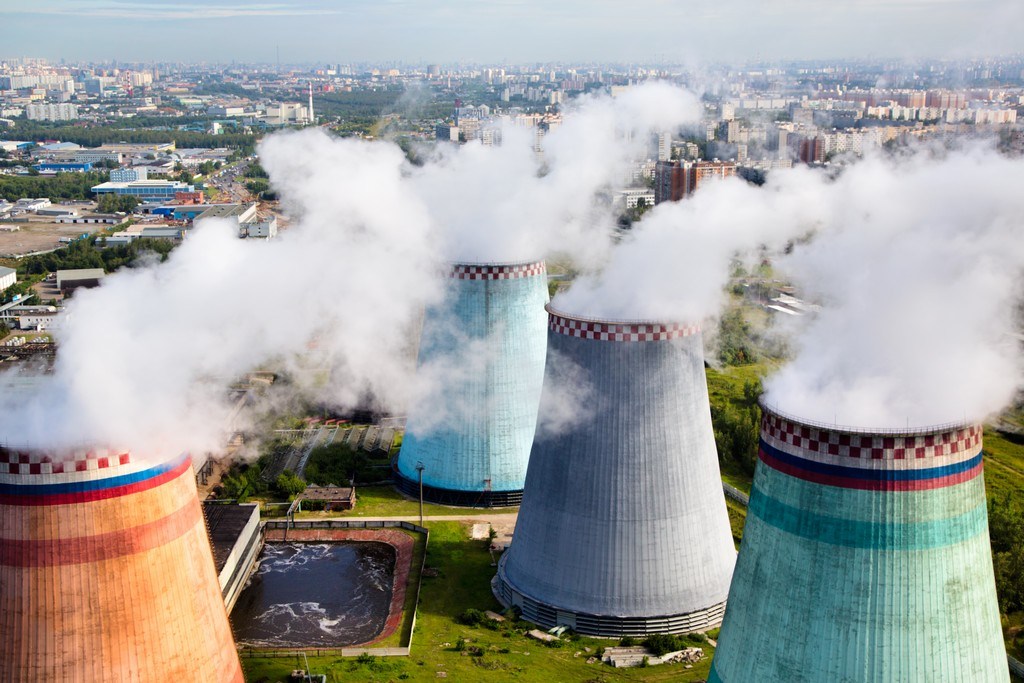World Nuclear Association: SMRs to increase global nuclear capacity
- September 8, 2023
- 0

Implementing small modular reactors (SMRs) will help increase the capacity of nuclear power for decades says the World Nuclear Association.
In a report by the Manila Bulletin, an analysis fr
The report projects that SMRs will contribute around 10% of total large-scale capacity in “the upper scenario” in 2040, while the “lower scenario” sees a growth of 0.4%.
The Philippines is one of the energy markets that considered SMRs once they were to roll out in 2030 and its implementation of 1,200 megawatts (MW) would be in 2032.
Three possible outcomes are presented in the Nuclear Fuel Report for 2023–2040. The reference scenario is based on targets set by the government and utilities. The second possibility, referred to as the lower scenario takes into account the delays in the execution of the project. The last scenario, known as the upper scenario, imagines ideal circumstances, including project implementation to help achiev
Presently, there are 391 gigawatts of electrical (GWe) operational nuclear power installations. Under the reference scenario, this capacity could increase to 686 GWe by 2040. In the lower scenario, it might reach 486 GWe, while the upper scenario could push it up to 931 GWe.
The report also restated that while the political turmoil between Russia and Ukraine bolstered the interest in nuclear power for energy security, it also had significant ramifications for the globalized market to diversify its supply.
Along with the deployment of SMRs, major companies in the nuclear sector have seen nuclear power reactors’ functioning life extended, with some facilities continuing their operations by up to 80 years.
Regarding the fuel supply for nuclear facilities, the report said that uranium production from mines, conversion plants, and enrichment facilities still meets the majority of the demand for nuclear reactors.
Additionally, the secondary supply of uranium would close the gap between availability and demand, but it would eventually play a smaller part in the global market, going from currently meeting 11–14% of the needs for reactor uranium to 4–11% by 2050.